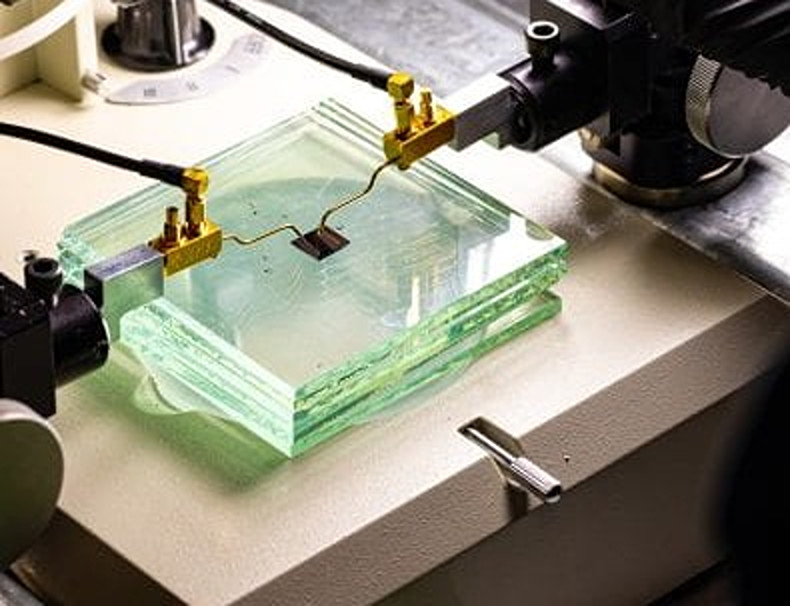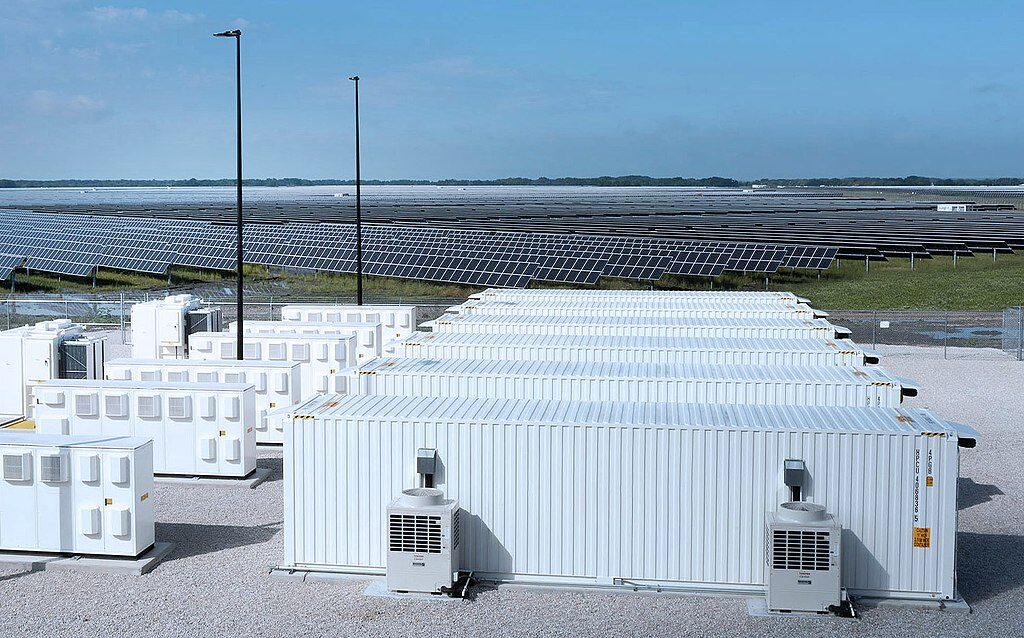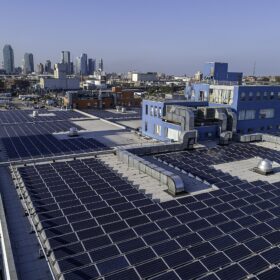Researchers from the University of Arkansas in the United States have fabricated a graphene-based solar cell that can be used in Internet of Things (IoT) applications.
The device was developed in the frame of a research project intended to develop autonomous sensor systems that draw power from multiple sources in the environment, including solar, thermal, acoustic, kinetic, nonlinear and ambient radiation.
Graphene has been extensively used in solar energy research for developing transparent electrodes, contacts, transport layers, and anti-reflective or protective coatings. It is a zero-bandgap semi-metal that can absorb only around 2.3% of visible light per layer and, therefore, is not able to efficiently harvest solar energy by itself. However, its unique electronic and optical properties give it some interesting photovoltaic behavior when incorporated into other devices.
“Researchers have explored various techniques to enhance the power conversion efficiency of these solar cells, including optimizing graphene sheet thickness, refining the integration process with the silicon substrate, incorporating additional interfacial materials, doping silicon substrates, employing textured silicon surfaces, and using silicon nanowires,” the scientists explained.
They also noted that graphene solar cells were chosen over conventional high-efficiency PV cells because graphene can harvest kinetic energy, allowing the device to operate even when sunlight is unavailable.
To build the cell, the scientists used commercially available 500-μm-thick n-type silicon wafers topped with a thick thermal oxide layer. The top oxide was patterned and etched directly on the bare silicon, while a second pattern was drawn on the chip, followed by metal deposition to create two gold bonding pads. Multilayer graphene was then deposited onto both the exposed silicon and the top bonding pad.
“Due to the transparency of graphene, light passes through and is absorbed by the silicon substrate,” the research team explained, noting that the cells were connected in series within a small array. “By selecting and connecting various solar cells in series, we can charge the storage capacitors to the required voltage level.”
For the temperature sensor system, the team opted to use supercapacitors instead of a battery to reduce overall power consumption and extend operational lifetime, assigning three storage capacitors to different functional roles.
Laboratory tests showed that the system operates automatically without external power. It relies on a processor that remains in standby mode most of the time, activating only briefly. “The storage capacitors continuously power our temperature sensor system, even while being intermittently recharged by the solar cells,” the scientists emphasized.
The system was described in “Array of mini-graphene-silicon solar cells intermittently recharges storage capacitors powering a temperature sensor,” published in the Journal of Vacuum Science & Technology B.
“The paper confirms it’s possible to create an ultra-low power temperature sensor using graphene-based solar energy,” the academics concluded.
This content is protected by copyright and may not be reused. If you want to cooperate with us and would like to reuse some of our content, please contact: editors@pv-magazine.com.









By submitting this form you agree to pv magazine using your data for the purposes of publishing your comment.
Your personal data will only be disclosed or otherwise transmitted to third parties for the purposes of spam filtering or if this is necessary for technical maintenance of the website. Any other transfer to third parties will not take place unless this is justified on the basis of applicable data protection regulations or if pv magazine is legally obliged to do so.
You may revoke this consent at any time with effect for the future, in which case your personal data will be deleted immediately. Otherwise, your data will be deleted if pv magazine has processed your request or the purpose of data storage is fulfilled.
Further information on data privacy can be found in our Data Protection Policy.